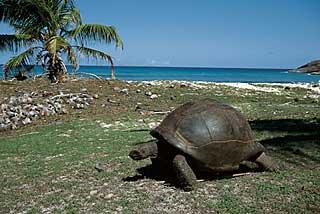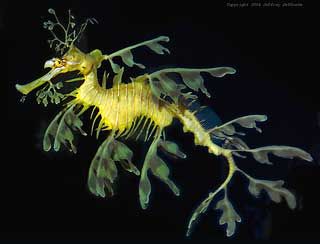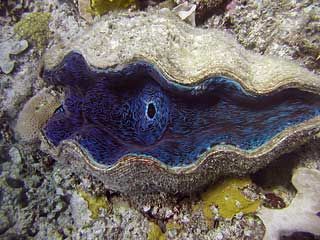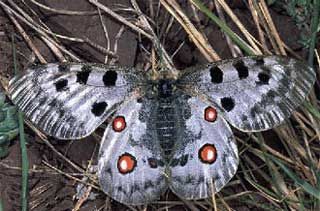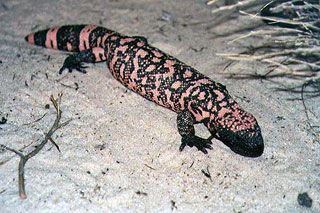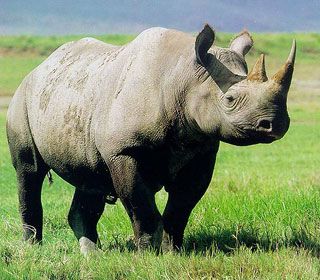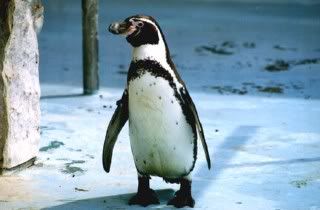Fish: Whale Shark

Description:
The whale shark (Rhincodon typus) is a large, distinctively marked member of the subclass Elasmobranchii of the class Chondrichthyes. It is the largest shark and also the largest fish. The greatest size accurately recorded was 14 m long, but lengths up to 20 m have been reported. It is not to be confused with the Basking shark (Cetorhinus maximus), the second largest fish.
The average whale shark is around 8 m long. A member of the order Orectolobiformes, it is a filter feeder. The shark has a capacious mouth, which can be up to 1.5 m wide and contain up to 300 rows of tiny teeth, and as part of its feeding process, it also has five large pairs of gill arches. The head is, naturally, wide and also flat with the small eyes towards the front of the snout. The body is mostly grey with a white belly, but three prominent ridges run along each side and the skin is marked with a 'checkerboard' of pale yellow spots and stripes. The shark has two pairs each of dorsal fins and pectoral fins. The tail is large, with a much larger top fin than lower in juveniles but semi-lunate in adults. The spiracles are just behind the shark's eyes. The whale shark is not an efficient swimmer - with the entire body in motion, unusual for sharks, an average speed of around 5 km/h is achieved.
Status: Classified as Vulnerable (VU -A1bd+2d) on the IUCN Red List 2002.



